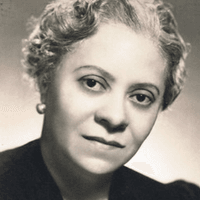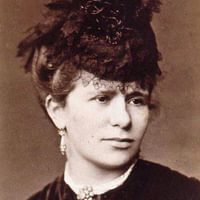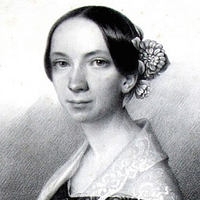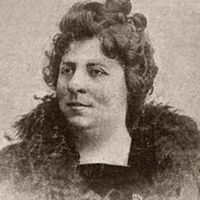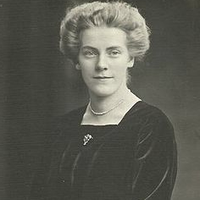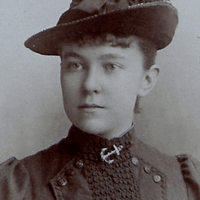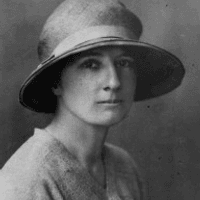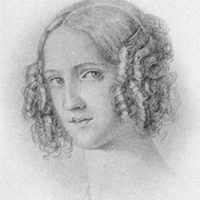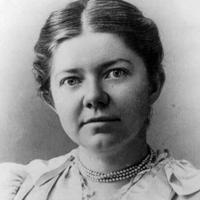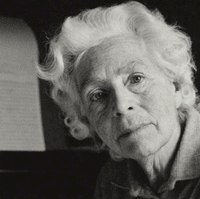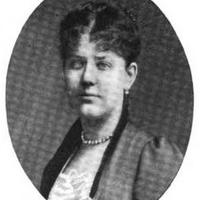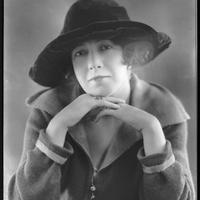Florence Price
Composer
Biography
Florence Price (1887-1953) is widely admired as the first African-American woman to be a successful a composer of symphonies in the 1930s. Price’s comfortable social status undoubtedly afforded her a certain level of social mobility and class privilege. As a young woman she studied composition at the New England Conservatory in Boston, then taught first at the Cotton Plant – Arkadelphia Academy from 1906-7, then at Shorter College in 1907-10 in her native Little Rock. She then headed the Music Department at Clark College in Atlanta until 1912 when she married the attorney Thomas J. Price. Tragically, the Prices’ first child Thomas died while an infant. The song ‘To my Little Song’ is probably one of Price’s surviving art songs.
In 1927, the Price family moved to Chicago to escape the oppressions of the South under the “Jim Crow” laws. Chicago provided an extraordinarily rich musical environment. The centre of the jazz world in the 1920s, also the blues capital of the urban north, gospel, bands, but also concert music from the black community. The move triggered a new period of artistic development in Price. She strengthened her skills in composition, harmony and orchestration through lessons at the American Conservatory and the Chicago Musical College. She also wrote popular music, sometimes under a pseudonym.
The Great Depression hit the Price family badly and Florence began accompanying films on the organ, a rare woman in this line of work. Her husband grew increasingly violent towards her, threatening to kill her in 1929, then assaulting her the following year. The marriage collapsed, leaving Price with two young daughters. Almost immediately after her divorce, she remarried, gaining security until her second marriage ended in separation by 1934, plunging Price back into financial difficulties. Her piano teaching pieces were an important source of income to her.
Despite these extremely difficult circumstances, her musical achievements continued to accumulate. Her Symphony in E minor won first prize in the Wanamaker Competition in 1932. It was premiered by the Chicago Symphony Orchestra the following year. Having written several significant large-scale works in the 1930s, she turned to smaller genres including chamber music and art songs in the 1940s and 50s, not least because it was so difficult to secure performances of large works.
In a 1943 letter to Sergei Koussevitsky, Price stated “To begin with I have two handicaps—those of sex and race. I am a woman; and I have some Negro blood in my veins.” But she urges him to ‘hold in check the possible inclination to regard a woman’s composition as long on emotionalism but short on virility and thought content’ until he has actually looked at her music.
Price was an important and generous mentor. Composers such as Margaret Bonds, Undine Smith Moore, Adolphus Hailstork, and Aaron Copland owe much of their success and appeal to her accomplishments.
Much of Price’s output of over 300 compositions remains unpublished. She worked in a wide range of genres except opera, and her style is eclectic. She was generous with her scores and did not keep a catalogue. Much of her music is held by the University of Arkansas but her art songs are mainly held in the Marian Anderson Collection at the University of Pennsylvania.
Price wrote around 100 songs in all, 75 art songs, the rest commercial songs and arrangements of spirituals. Although she set texts by a wide range of poets, she favoured Langston Hughes and Paul Dunbar, important black contemporaries. Her style seamlessly weaves together European art song and black vernacular music influences. Her first biographer Linda Rae Brown argued that her songs offer intimate glimpses into this private, reserved and dignified figure.
This music was widely sung, both the spiritual arrangements and the art songs. Her approach to spirituals was straightforward, modelled on that of the composer-singer Harry T. Burleigh, whose ‘Deep River’ remains a great favourite. Her most popular arrangement was ‘My Soul’s been Anchored in de Lord’ (1937), arranged for Marian Anderson, with its large-scale, lavish accompaniment. Price’s versatility is demonstrated in songs like the charming ‘Don’t you tell me no’, one of her songs for musical theatre, with her own lyrics.
Her 1941 ‘Songs to the Dark Virgin’ (one song, despite the title) is a powerful, well-crafted lyric setting of a text by Langston Hughes. ‘Lethe’ is similarly effective, tenderly written, with many beautiful details within a compact, regularly phrased song form. ‘Sympathy’, probably in 1943, starts off quite conventionally but the central section is far freer in form, capturing the sense of the caged bird straining against its captivity. This motif is also found in ‘The Heart of a Woman’, an undated setting of a poem by Georgia Douglas Johnson, her only setting of a black woman poet, a moving, powerful song which captures the poem’s sense of dreams frustrated.
© Natasha Loges, 2022
SCORES
Florence Price's works remain in copyright in the UK.
Some scores may be available here.
Where can I listen to Florence Price's songs?
Listen to 'My Dream' here.
Feet o' Jesus
The Glory of the Day
What's the Use?
Sympathy
Song List
This list is likely to be of songs that have been performed at Oxford International Song Festivals and Oxford Song events, and may not be comprehensive of this composer's compositions. This database is ever growing as a work in progress, with further songs regularly being added.
| A Flea and a Fly | Florence Price |
| Feet o’ Jesus | Florence Price |
| Hold Fast to Dreams (1945) | Florence Price |
| I grew a rose | Florence Price |
| My Dream (1935) | Florence Price |
| Night (1946) | Florence Price |
| Resignation (1850) WoO. 149 30.iii.1850 | Florence Price |
| Songs to the Dark Virgin (1941) | Florence Price |
| The Heart of a Woman | Florence Price |
| Travel's End | Florence Price |
